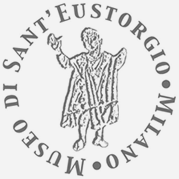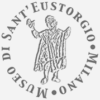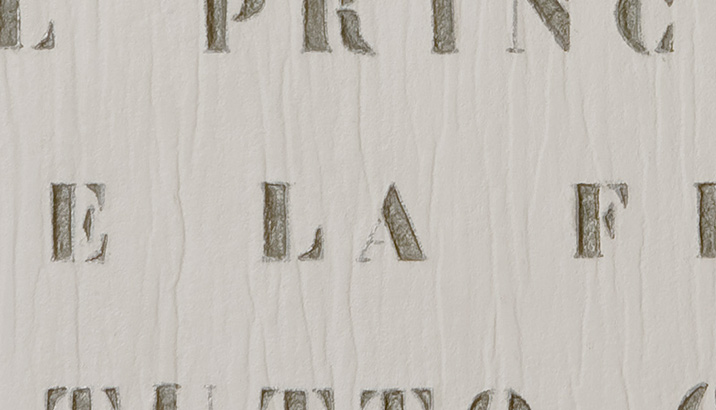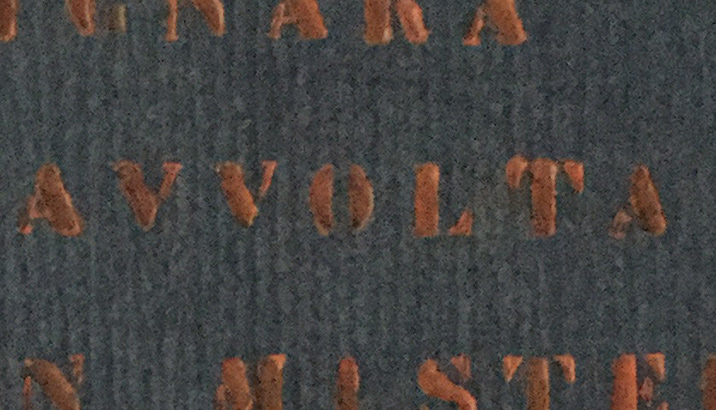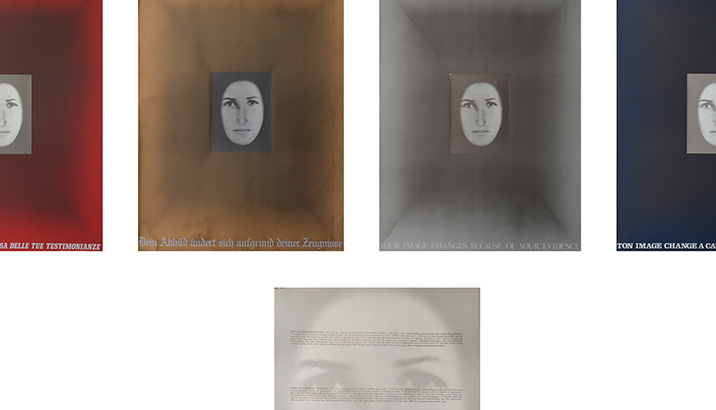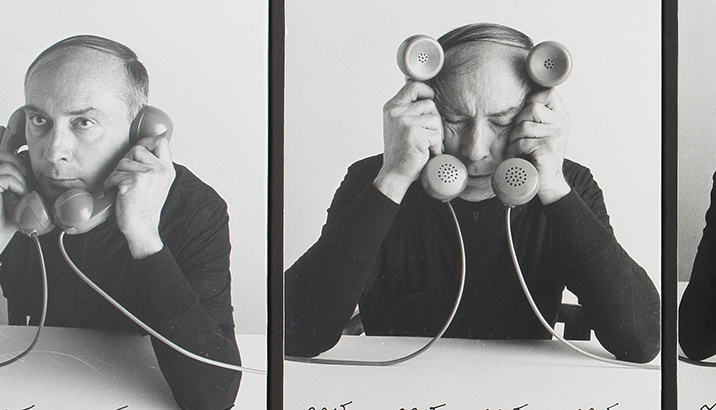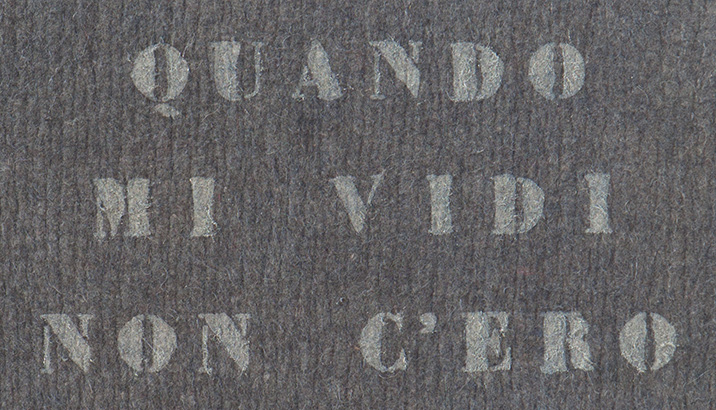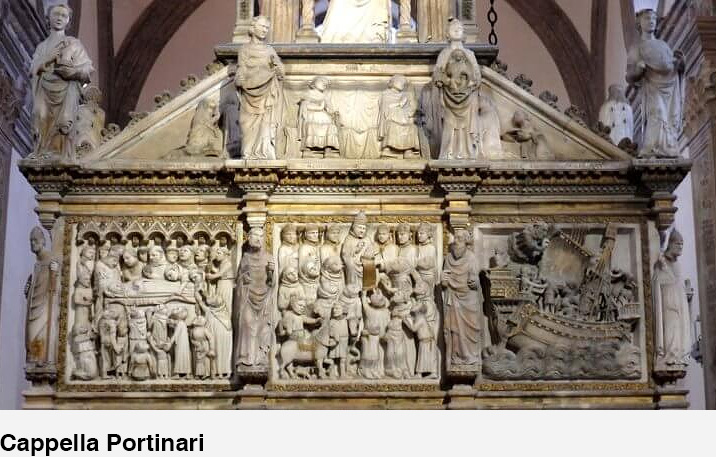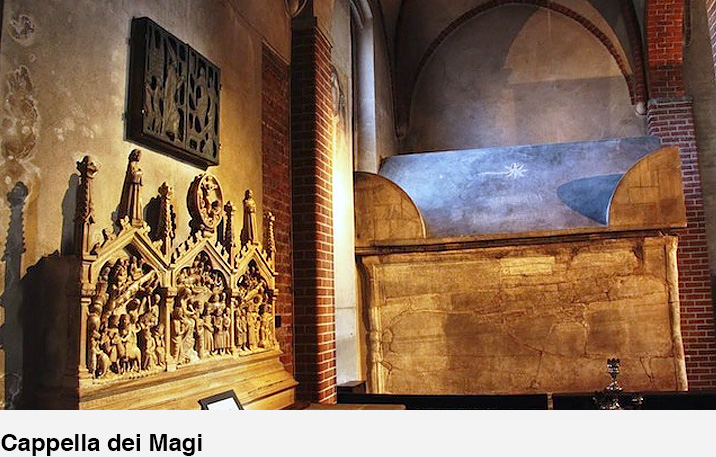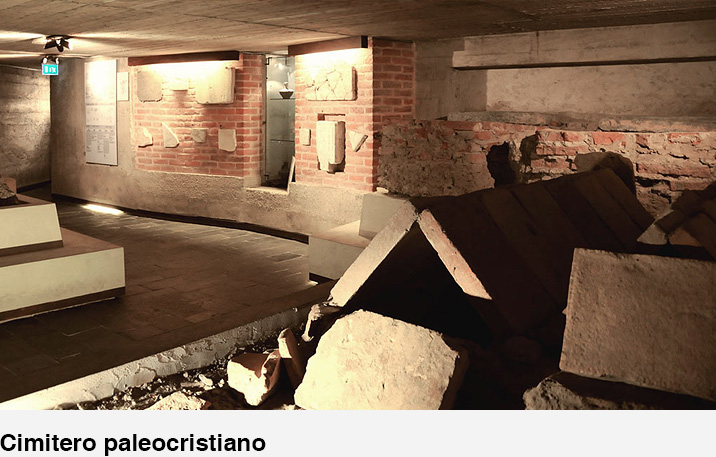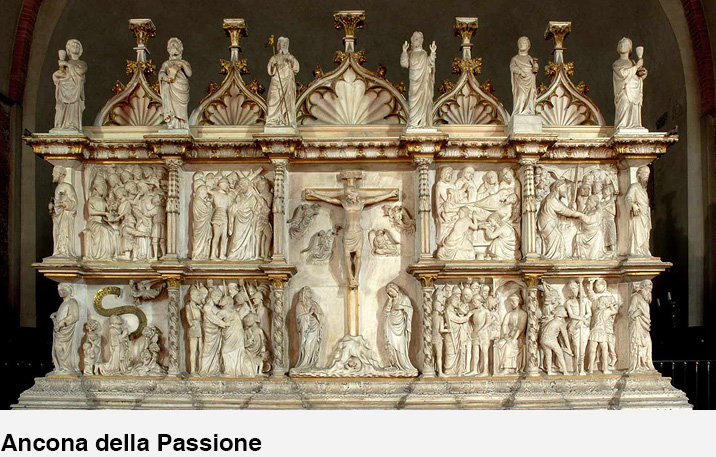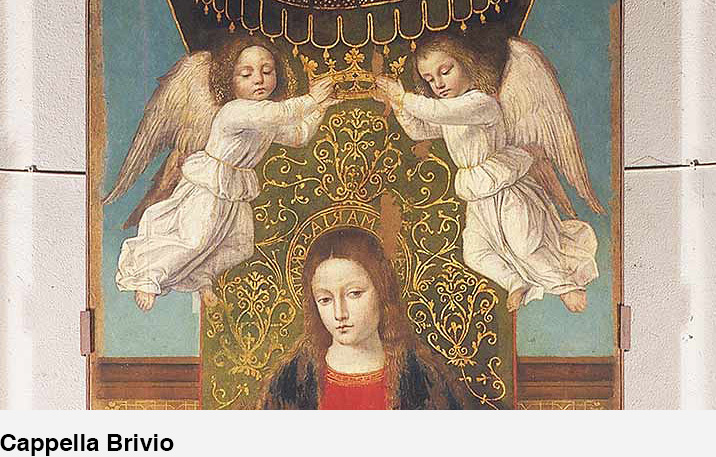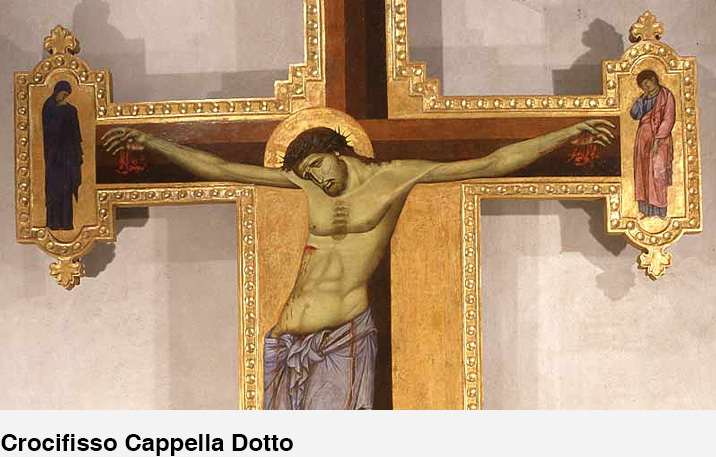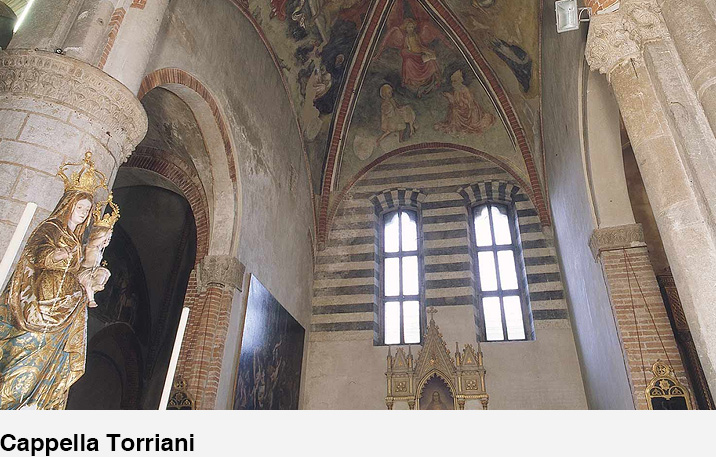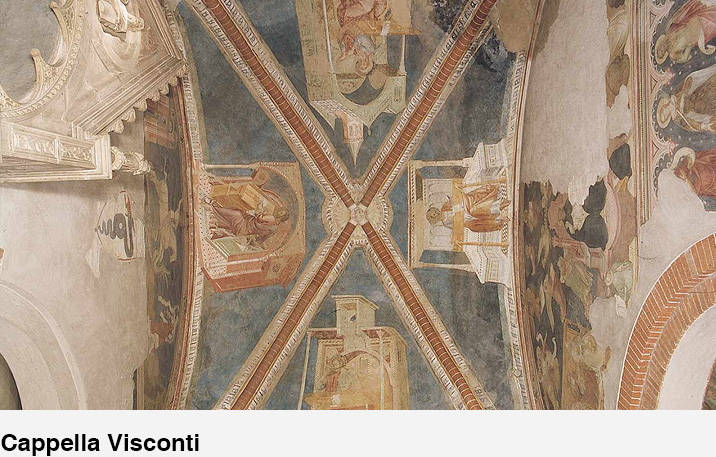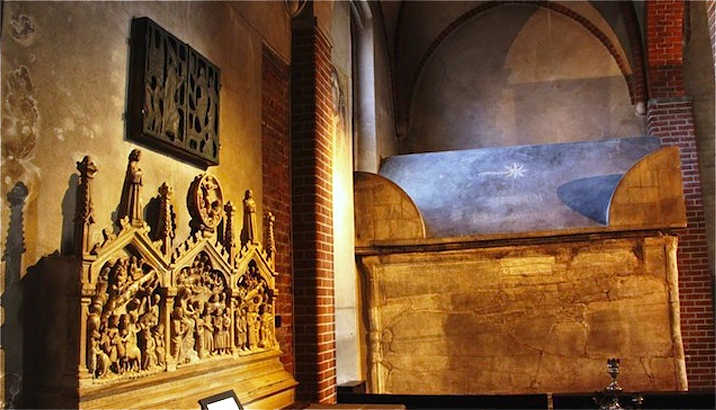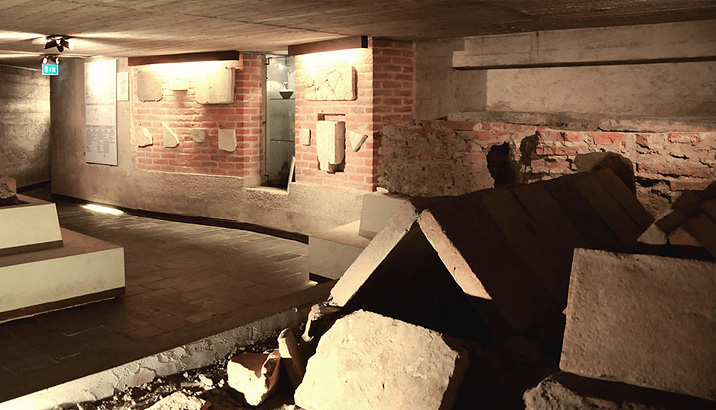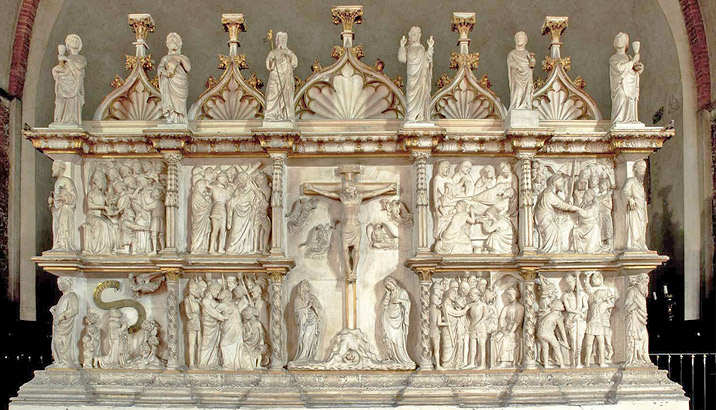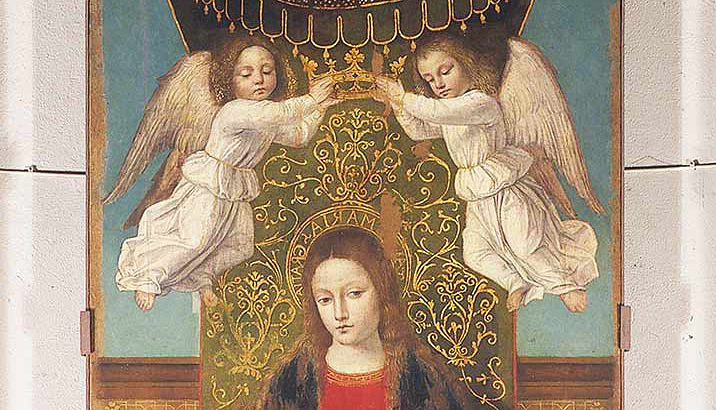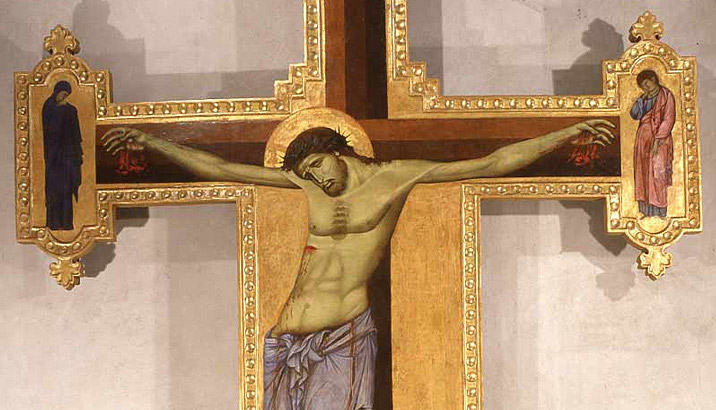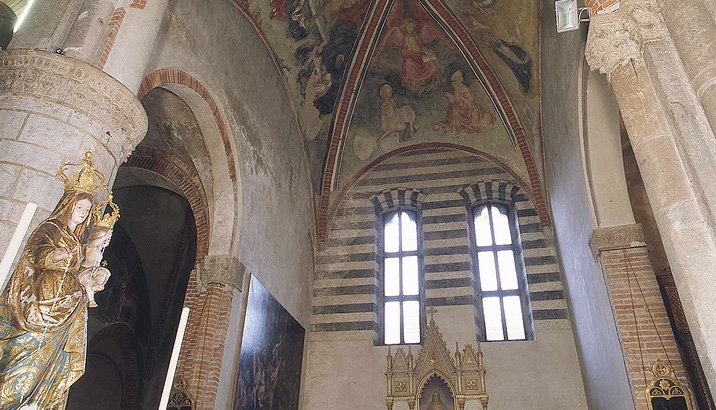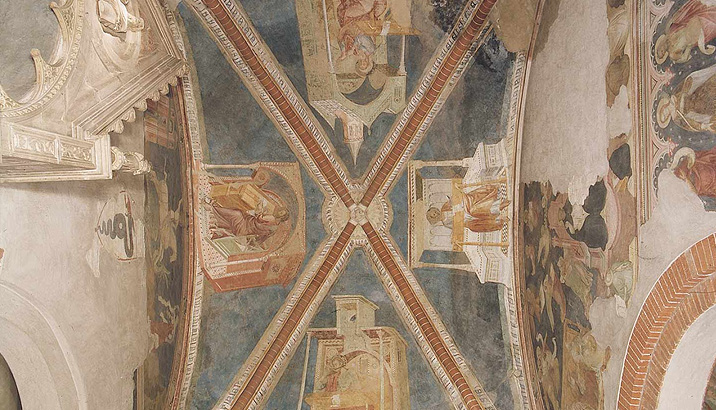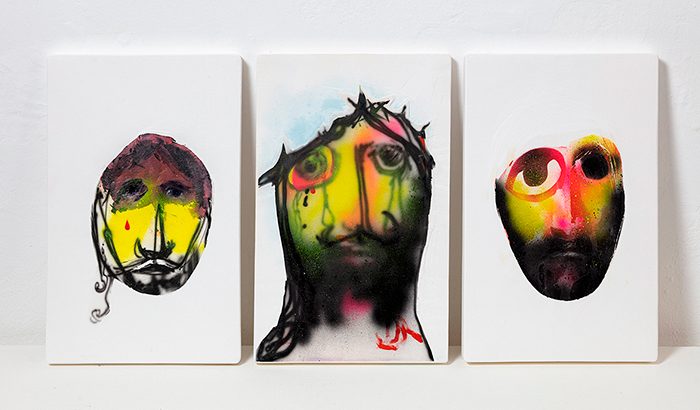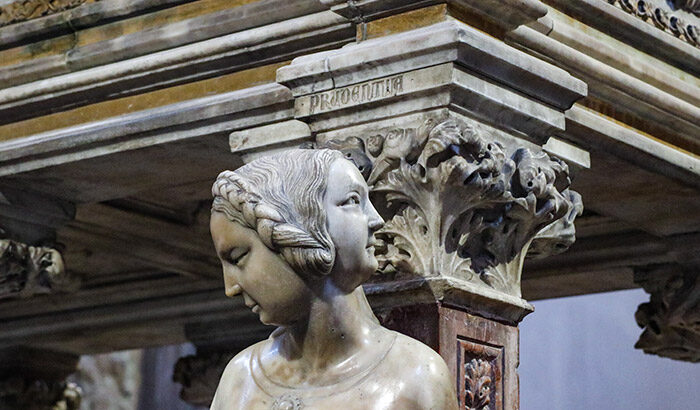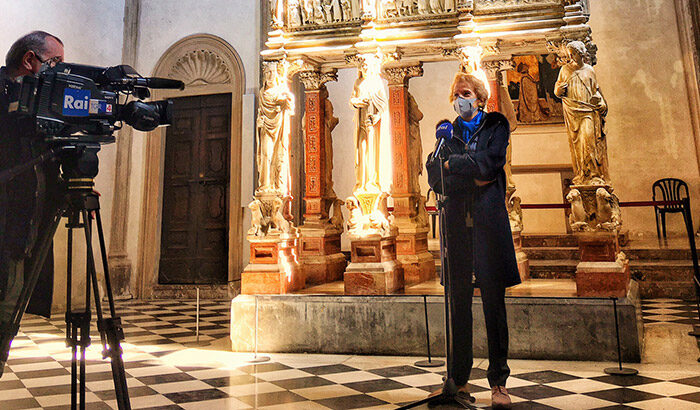VINCENZO AGNETTI – AUTORITRATTI RITRATTI SCRIVERE – ENRICO CASTELLANI PIERO MANZONI
From October 23, 2019 to January 18, 2020
with performances by Italo Zuffi
curated by Giovanni Iovane
A project by BUILDING Gallery that extends into the spaces of the Sant’Eustorgio Museum
The three works by Vincenzo Agnetti (Milan, 1926-1981) presented in the Portinari Chapel and the Paleochristian Cemetery show how the religious dimension and the relationship with the great figurative tradition emerge in surprising ways in the work of many modern artists. Vincenzo Agnetti was a silent artist, whose work is marked by outstanding intellectual determination and also acute restlessness. The logical speculation that underpins many of his pieces always grapples with “an existential background, a depth of experience that acts as friction, a form of resistance that gives meaning to the act” (Alberto Mugnaini).
The exhibition begins in the Sala Capitolare, with Agnetti’s 1970 work I quattro evangelisti [The Four Evangelists]. These are ancient frescoes (the original title was XIV-XX secolo [14th – 20th Century]) featuring the symbols of the authors of the Gospels, onto which Agnetti has applied a free sequence of words. These words appear to invite the viewer to establish a concrete relationship with the texts symbolized: “Think”, for Matthew; “Use”, for Mark; “Take” for John and “Weigh” for Luke.
The cornerstone of Agnetti’s art is always language, a raw material that he subjects to new processes and converts into a visual experience with the aim of seeking “the hidden seed of a higher language” (Walter Benjamin).
This is the experience that awaits visitors when they arrive in front of Ritratto di Dio [Portrait of God] (1970) exhibited in the space in front of the Portinari Chapel. This work is part of the series of felts, the medium on which Agnetti inscribed his words. In this case the felt is white and the writing is etched in silver. It is a sort of icon, the image being words from The Book of Revelation (22:12): in the age of the “death of God”, using a simple gesture and no subjective manipulation, Agnetti asserts God’s “utterability”. The use of white and silver are an austere evocation of many representations of the Almighty.
The exhibition ends in the Paleochristian Cemetery. Here, in the final area, the visitor encounters Apocalisse [Apocalypse] (1974), a sculpture-installation that is part of the work La macchina drogata e i suoi prodotti [The Drugged Machine and its Products]. This consists in a perspex plate engraved with a sequence of words randomly generated by an Olivetti calculator modified by Agnetti, who replaced the numbers on the keys with letters. The words look like splinters projected from an unknown dimension, almost conjuring up the ‘voice of thunder’ described in The Book of Revelation (6:1) which completes the installation.
Giuseppe Frangi
Curator of Casa Testori
The exhibition was produced in collaboration with Archivio Vincenzo Agnetti, Fondazione Enrico Castellani and Fondazione Piero Manzoni, with the support of galleria Osart, Collezione La Gaia and various private collections.
